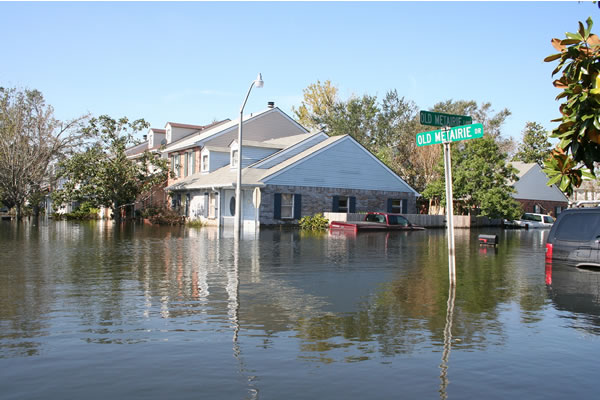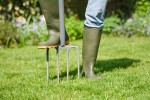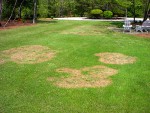How Flooding Affects Trees
Floods profoundly affect various ecosystems with their destructive force and unpredictable nature. Among the most affected are trees, crucial in maintaining ecological balance. When floodwaters surge, they bring about a series of changes that significantly affect the health and well-being of trees. If you live in an area that experiences heavy rains or frequent floods, schedule routine inspections with a tree care company. Let’s delve into the intricate ways flooding affects trees and how the experts at the Sesmas Tree Service can help.
pH Shifts
One of the first effects of flooding on trees is the disruption of soil pH. Floodwaters often carry an influx of minerals and organic matter, altering the soil’s acidity or alkalinity. This shift in pH can hinder the absorption of essential nutrients by tree roots. As a result, trees may struggle to access the nutrients they require for optimal growth, leading to weakened health and reduced resistance to diseases. If you notice signs of deterioration, call a reliable tree care company immediately.
Soil Changes
Flooding can bring about drastic changes in soil composition. The influx of sediment, silt, and debris can alter the soil structure, affecting drainage and aeration properties. Compacted soil can restrict root growth and water movement, reducing tree nutrient availability. In addition, the accumulation of water in the soil can lead to oxygen deprivation, prompting an inspection and maintenance by a trusted tree service.
Sediment Deposition
Sediment carried by floodwaters can both benefit and harm trees. While some deposits can provide nutrients and support moisture retention, excessive deposition can smother tree roots and impede their ability to absorb water and nutrients. This dichotomy highlights the delicate balance between beneficial sediment deposition and its potentially detrimental effects on tree health.
Decomposition Acceleration
Floods often result in soil saturation, creating anaerobic conditions that enhance the decomposition of organic matter. While decomposition is a natural process that enriches the soil, its increased pace can lead to a depletion of soil nutrients. Trees may face increased competition from opportunistic vegetation that thrives on the nutrient-rich decaying matter.
Chemical Damage
Floodwaters can introduce pollutants and chemicals to the ecosystem, directly threatening trees. Contaminants such as heavy metals and toxins can be absorbed by tree roots and transported throughout their vascular system. This influx of foreign substances can disrupt vital physiological processes, weaken tree structures, and leave them susceptible to diseases and pests.
Physical Damage
The sheer force of floodwaters can cause physical damage to trees. Strong currents may uproot or topple trees near riverbanks and flood-prone areas. The erosion caused by rushing water can expose tree roots and destabilize their anchorage. Even surviving trees may suffer broken branches or stripped foliage, affecting their health and aesthetics.
The effects of flooding on trees are multi-faceted and intricate. Our professional tree service providers understand these complexities and develop effective strategies to mitigate the effects of floods on tree health and ecosystems. Contact us today at the Sesmas Tree Service and schedule a consultation with our experts. We leverage extensive industry knowledge and expertise to ensure healthy and durable trees year long.













